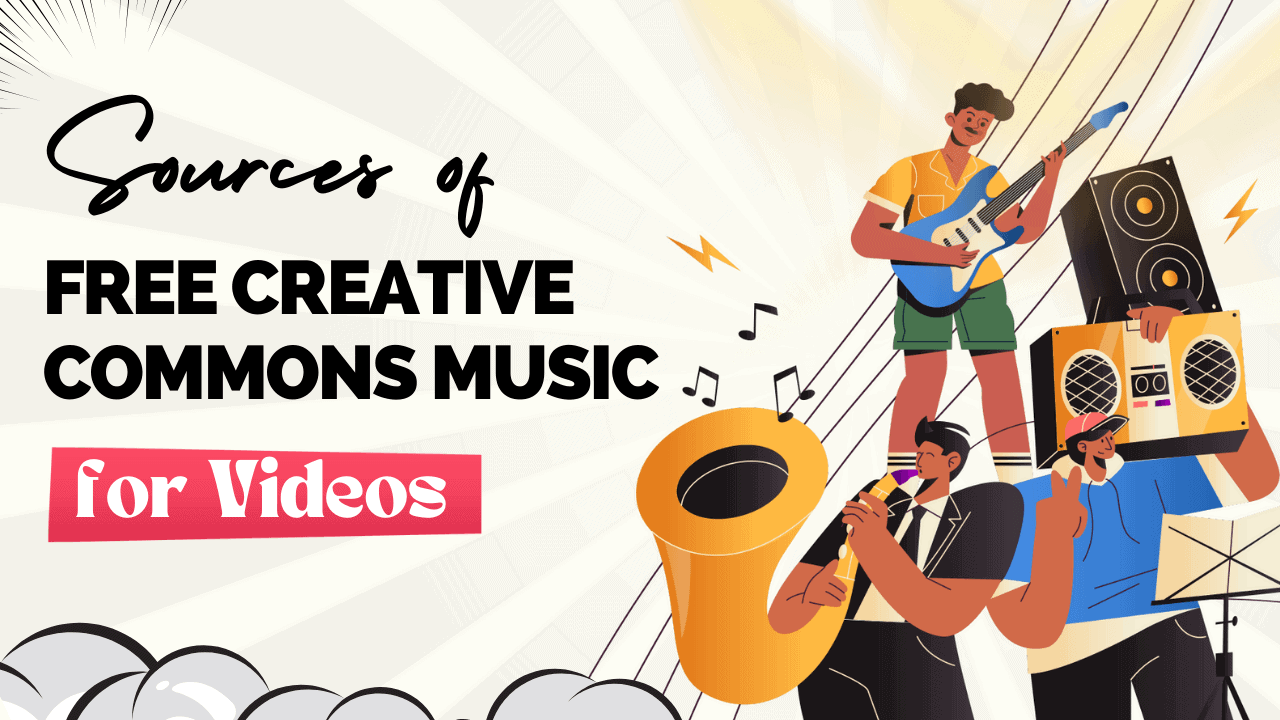Not every brand has the budget to hire an in-house composer or splurge on high-profile collaborations like Lady Gaga’s. Luckily, you don’t have to break the bank to find the perfect soundtrack for your next video. With free Creative Commons music, you can access high-quality tracks at no cost.
Just like free stock photos and videos, Creative Commons music libraries let you explore and find exactly what fits your project. To save you time, we’ve curated a list of 13 top resources to help you get started.
What exactly is creative commons music?
Creative Commons is an organization that provides special licenses allowing the public to use creative works, such as music, videos, and photos, at no cost. To date, more than two billion creative works are licensed under Creative Commons, making it a popular choice for creators and users alike.
Creative Commons licenses come in different types, each with specific terms that dictate how the material can be used. As long as you comply with the license terms, you’re free to use the work.
However, adhering to the license is crucial. Failing to do so could lead to your content being removed or even legal action for copyright infringement.
For most purposes, materials labeled as CC0 are the most flexible. These works are in the public domain, meaning you can modify or remix them, use them on any platform, and share them without giving attribution.
There are also six different types of creative commons licenses, three of which allow for commercial use with attribution.
- CC-BY: This license lets you use the material freely across any platform or medium. The only requirement is to credit the creator and include a link to the original license (e.g., in your video description).
- CC-BY-SA: This license requires attribution, and if you remix or modify the material, your new work must be shared under the same license terms.
- CC-BY-ND: This license allows use with attribution but prohibits modifying the material in any way.
The remaining licenses—CC-BY-NC, CC-BY-NC-SA, and CC-BY-NC-ND—are restricted to noncommercial use, making them unsuitable for brands or monetized projects.
Understanding these licenses ensures that you can make the most of Creative Commons resources while staying compliant with copyright laws.
Why Choose Creative Commons Music for Your Videos?
Video content is more crucial than ever, especially with platforms like TikTok dominating the social media marketing landscape. And let’s face it—what’s a video without sound? It’s like a burger without fries—just not the full package.
This isn’t just a feeling; it’s backed by data. TikTok revealed that 88% of users consider sound essential to their viewing experience. Campaigns that include sound are more than twice as effective as those without it.
However, acquiring licensed music or creating custom tracks can be costly. That’s where Creative Commons music comes in. It’s a free, legal alternative, provided you follow the licensing terms and credit the creators properly. With Creative Commons music, you can elevate your videos without breaking the bank.
How to Properly Credit Creative Commons Music?
When using Creative Commons music, providing proper attribution is required for any license other than CC0. Even for works in the public domain, giving credit to the artist is a professional and respectful practice. Learning how to credit Creative Commons music correctly ensures you stay compliant and show appreciation for the creator’s work.
Creative Commons suggests following a simple four-part format for attribution:
- Title: The name of the track or song.
- Creator: The artist’s name, ideally with a link to their website or creator profile.
- Source: A link to the platform or website where you found the music.
- License: Specify the license type (e.g., CC-BY) and include a link to the original license deed.
For detailed examples, visit the Creative Commons wiki to see how to implement these steps effectively.
With this guide, you’re ready to use and credit Creative Commons music correctly. Let’s dive in and find the perfect soundtrack for your next project!
13 Best Sites to Find Free Creative Commons Music
1. dig.ccMixter
Dig.ccMixter is an indexed version of ccMixter, an online platform where users share remixes and original tracks, all licensed under Creative Commons. It’s a fantastic place to explore free music for a variety of projects.
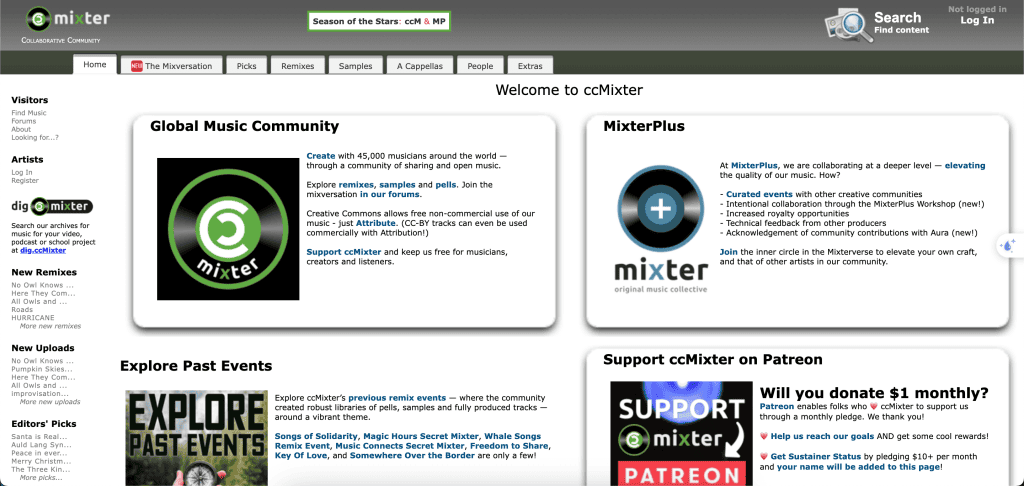
The platform features a search bar for finding tracks by keyword and filters to explore music by genre, instrument, and style. It’s intuitive and fun to use!
One important note: All tracks on dig.ccMixter are licensed under CC-BY, meaning you’re required to credit the artist whenever you use their music.
2. ccTrax
Another platform focused on Creative Commons music, ccTrax offers a curated selection, primarily spotlighting electronic genres like techno and house.
The site allows users to filter tracks by license type, genre, and tags such as “cinematic” or “shoegaze,” making it easy to find music that suits your project.
Additionally, ccTrax features a well-organized collection of tracks licensed under CC-BY, ensuring a wide range of options for creators.
3. SoundCloud
SoundCloud is one of the world’s largest music-sharing platforms, boasting over 175 million users and a catalog of more than 200 million tracks. Among these are countless tracks in the public domain or licensed under Creative Commons, making it a valuable resource for creators. Plus, SoundCloud’s intuitive interface makes it simple to explore and discover music.
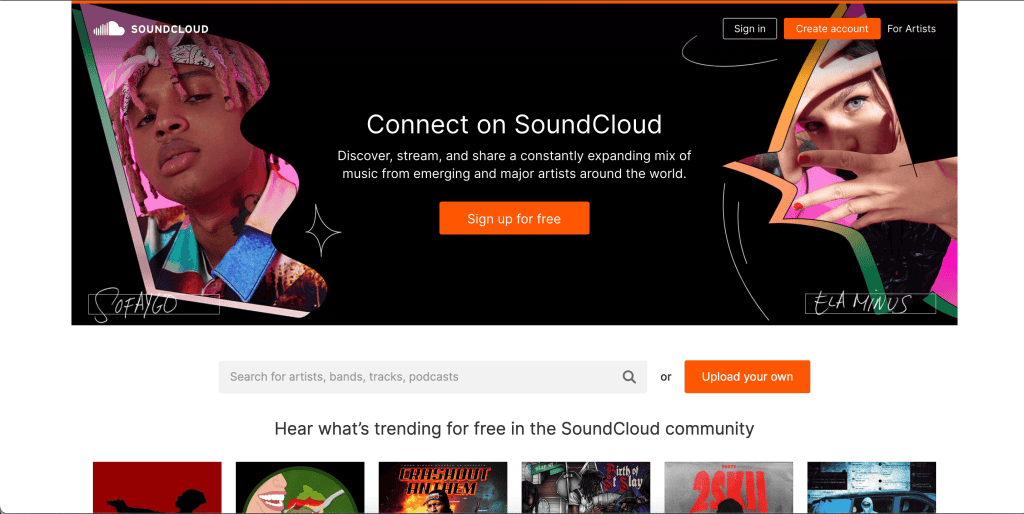
- Follow Creative Commons: The official Creative Commons profile on SoundCloud features a collection of licensed tracks.
- Search by License Type: Enter the specific license type (e.g., “CC0”) in the search bar to narrow your results.
- Search by Mood or Sound: Use the search bar to look for specific moods or styles, then filter your results based on your preferences—perfect for finding a track that fits a particular vibe.
SoundCloud not only provides Creative Commons tracks, but it’s also an excellent platform for artists aiming to expand their audience. With millions of music lovers on the app, it offers a unique opportunity to share your work with a larger fanbase. To maximize reach and engagement, services like Buy SoundCloud plays can help boost visibility and connect your music with more listeners. Whether you’re sourcing Creative Commons music or growing your audience, SoundCloud offers the perfect mix of resources and reach.
4. Bandcamp
Bandcamp, like SoundCloud, is a music distribution site where artists can share their work. And, despite the fact that Bandcamp was founded to compensate artists for their work, a sizable number of tracks are Creative Commons licensed.
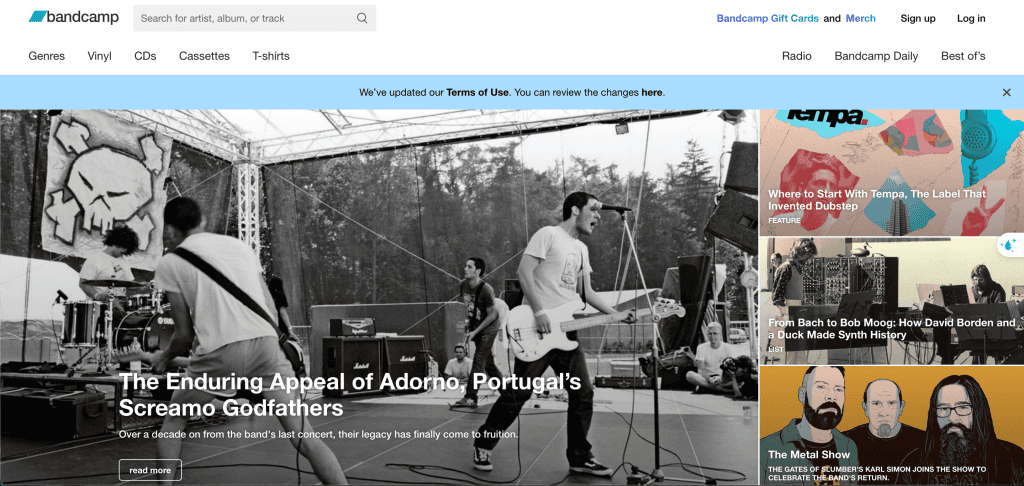
5. Musopen
Musopen is a platform offering free sheet music, recordings, and educational resources, with a strong focus on classical music. The site features works from renowned composers like Beethoven and Chopin, making it a treasure trove for music enthusiasts and creators alike.
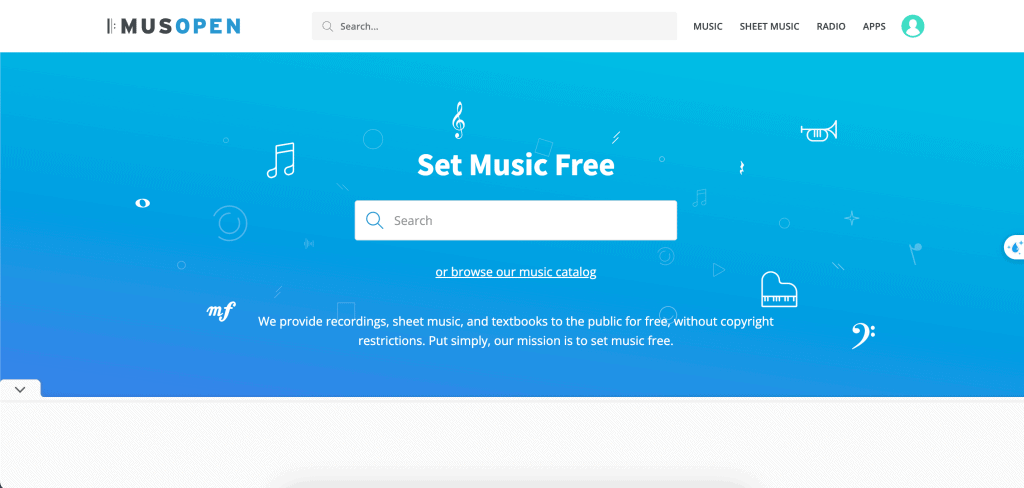
Advanced filters allow users to refine their searches by specific Creative Commons licenses, track length, rating, and recording quality.
With a free Musopen account, users can download up to five tracks per day. For those seeking unlimited downloads and additional benefits, paid memberships are available for $55 per year.
6. Free Music Archive
The Free Music Archive (FMA) is a rich resource for creators, offering over 150,000 tracks from independent musicians. Run by Tribe of Noise, a Netherlands-based company supporting indie artists, FMA is perfect for finding free, Creative Commons-licensed music.
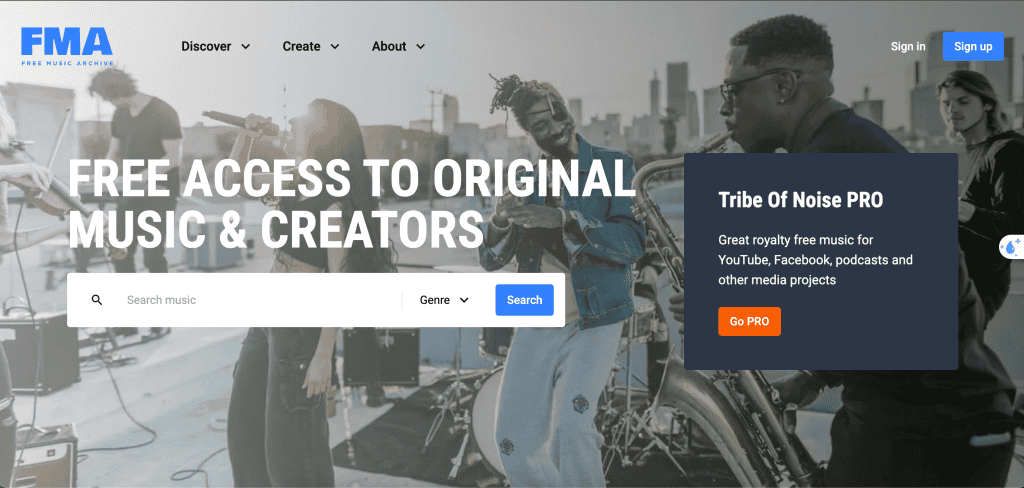
Creative Commons also has a curated profile on FMA featuring CC-licensed tracks. While their profile contains only a small selection, browsing the entire FMA archive will yield many more options.
7. FreeSound
FreeSound, a project founded in Barcelona, offers a massive collection of tracks and recordings, all licensed under Creative Commons. While the site’s interface feels a bit old-school—think Geocities nostalgia—it’s a goldmine for creators, boasting over 11,000 tracks in the public domain that can be used without attribution or restrictions.
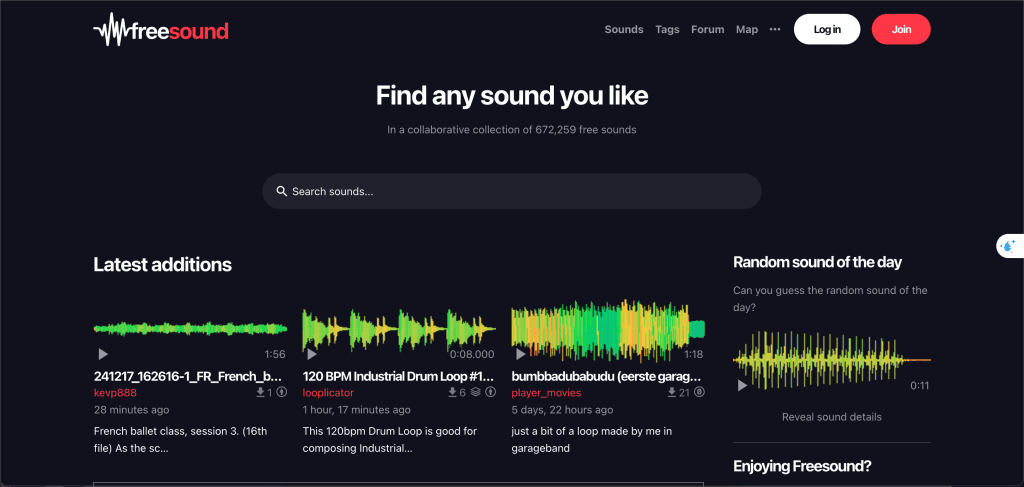
These 7 sites are just the start of finding amazing free Creative Commons music for your videos. There’s still so much more to explore! Be sure to check out part 2 of this guide: 13 Sources of Free Creative Commons Music for Videos (2/2). You’ll discover even more awesome platforms to help you find the perfect tunes to bring your projects to life. Don’t stop here—keep the creativity flowing!

